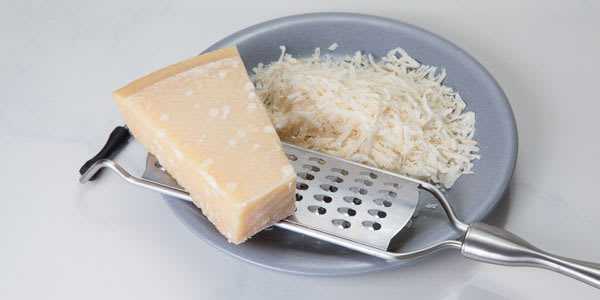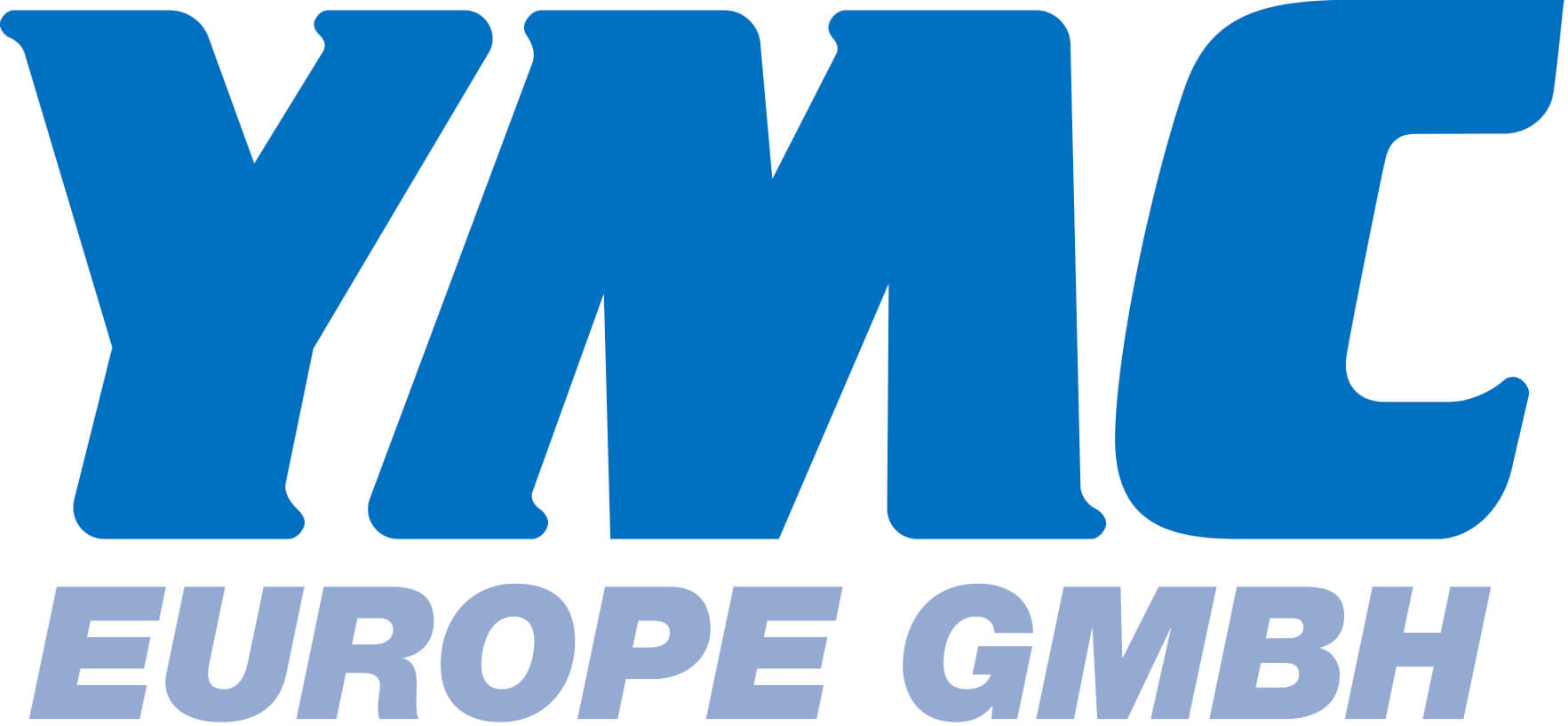
Fragrance and odour (aroma) profiles play a pivotal role in shaping customer perception of a wide range of goods; cleaning products, foodstuffs, personal care products, etc – they are an important aspect of product quality and appeal. Strict consumer safety regulations (including REACH) and labelling requirements also impact many product types, requiring manufacturers and importers to ensure that chemicals released by their products cannot present a risk to users.
GC–MS analysis of fragranced and aromatic products can present a challenge, because of the range and complexity of sample matrices involved and the wide volatility and concentration range of compounds of interest, many of them untargeted. New, fully-automated sample extraction and enrichment techniques have been developed for GC–MS over recent years to boost both the analytical sensitivity and versatility required by chemists.
Here, the application and power of these enhanced GC–MS techniques for a range of everyday scented or odorous products are demonstrated, to show how they can improve product categorisation and differentiation and maximise the information obtained from each sample.





